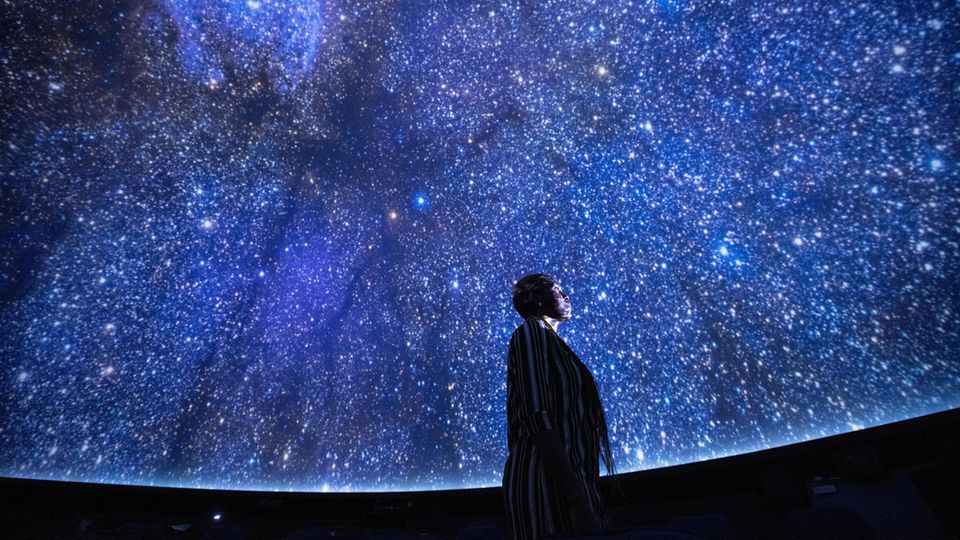astronomy
Moon is 40 million years older than thought
The moon is much older than previously thought, shows a new study from the University of Glasgow
© Agencia-MexSport / Imago Images
Researchers examine moon dust from “Apollo 17” – and come across the Earth’s satellite’s oldest crystals to date. The history of the earth companion probably needs to be rewritten.
Moon dust analyzed using a new method
The collision of Theia with the primordial Earth was so powerful that large amounts of rock liquefied or even vaporized and were catapulted into space. The moon that formed from debris initially consisted entirely of liquid rock. Only when this “lunar magma ocean” had cooled sufficiently on the surface could solid rocks and thus zircon crystals form there. Since such crystals are almost immune to subsequent changes, they are particularly suitable for determining age: their age provides a minimum value for the age of the Earth’s satellite.
The team led by Jennika Greer from the University of Glasgow in Great Britain has now examined moon dust for the first time using a so-called tomographic atom probe. To do this, the researchers first “sharpened” the zirconium crystals, which are only a few thousandths of a millimeter in size, using an ion beam. The very sharp tip created in this way makes it possible to remove individual atoms from the sample. “We used an ultraviolet laser to vaporize individual atoms at the tip,” explained Greer.
The vaporized atoms pass through a special analysis device – a mass spectrometer – and thus reveal their identity: depending on the weight of the atoms, they move at different speeds. “In this way, we find out atom by atom exactly what the crystals are made of,” explained Greer. Researchers can determine the age of the crystal from the admixture of certain elements in the crystals.
“The oldest piece of the moon so far found”
Greer and her colleagues used uranium and lead. A certain type of uranium – the isotope uranium-238 – turns into lead through radioactive decay, with a half-life of 4.5 billion years. Since the formation of the solar system, about half of the uranium has turned into lead. Precisely measuring the frequency of uranium and lead atoms in the zircon crystals therefore provides researchers with the age of the crystals. The result: 4.46 billion years. The previous most accurate measurement on another rock sample gave an age of 4.42 billion years.
390 light years away
This is what it looks like when stars form – James Webb Telescope delivers spectacular images
The crystals examined by Greer and her colleagues are 40 million years older. “It’s an incredible feeling to know that we have found the oldest piece of the moon yet,” said Greer. Since the crystals could only form when the moon’s surface solidified, the Earth’s satellite itself must be a little older. The researchers emphasize that it was created in the first 100 million years of the solar system.
Knowing the precise date of the moon’s birth is important, emphasizes Phillip Heck from the University of Chicago in the USA: “The moon stabilizes the Earth’s axis of rotation, it is responsible for the length of our days, it ensures the tides – without the moon there would be life completely different on earth!” The exact time when the moon was formed determines when its gravity influenced the development of the Earth.


